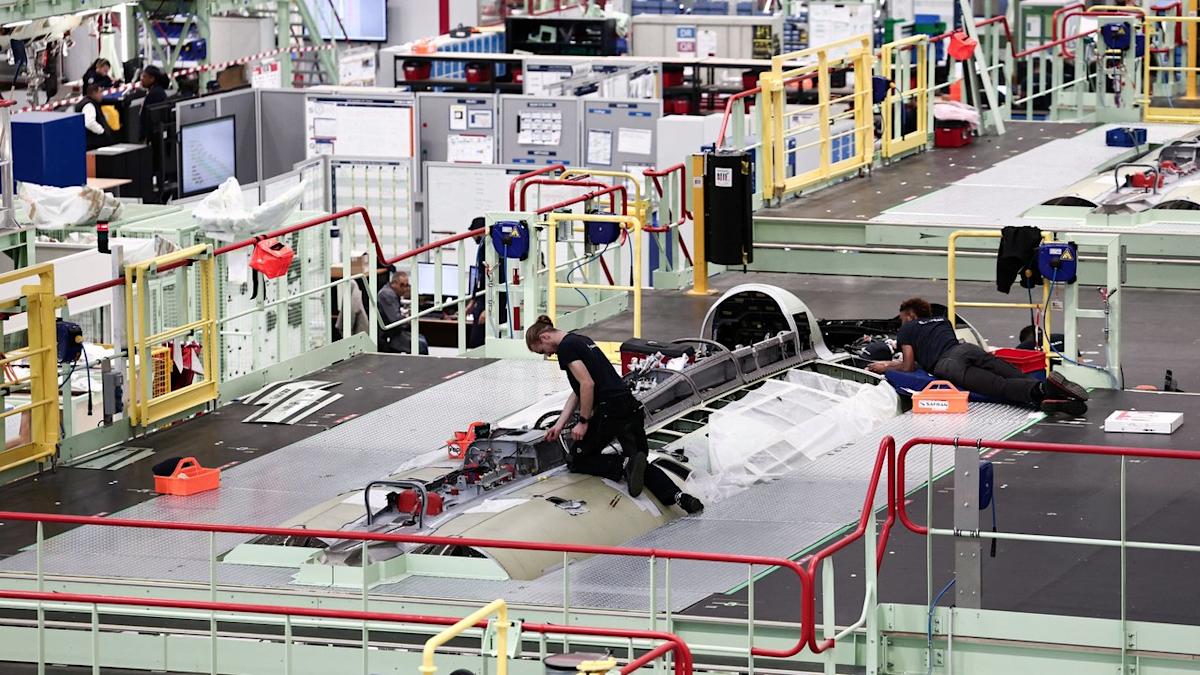The White House’s new rule mandating a $100,000 H-1B visa fee for foreign professionals to ply their trades in the U.S. is already shifting national high-talent employment trends, with no shortage of winners and losers.
One early beneficiary could be global outsourcing firms that specialize in matching workplace talent with companies that need it, especially if the talent works remotely outside the U.S.
Human resources outsourcing is already humming, with the market expected to grow from $276 billion in 2025 to $446 billion by 2034, representing a robust 5.48% compound annual growth rate over that period.
Industry analysts expect those numbers to grow higher as the new H-1B rule changes how overseas workers engage with U.S. employers.
“There’ll likely be an increase in outsourcing activity now,” said Jorge Lopez, global mobility and immigration chair, at Littler Mendelson, a Miami-based labor and employment law firm. “Many companies would like to see alternatives to the increased fees. Those companies with international operations will likely take advantage of that recruitment mechanism.”
Lopez noted it’s usually less expensive to outsource hiring as wages would be less in most jurisdictions outside the U.S., particularly India. “That’s why we’ll see companies take advantage of the costs savings and the time savings working with outsourcing companies,” he said.
For decades, staffing firms, especially in technology, have been judged on one key hiring issue: who can offer the lowest hourly rate while still meeting the minimum qualifications.
“Let’s be honest, H-1Bs have been the go-to way to make that math work,” said Claude Siclait, managing director at New York City-based CompuForce, the technical and digital staffing division of The TemPositions Group of Companies. “But here’s the reality: It’s the staffing firms, not the clients, who actually employ those H-1B workers.”
In a post-cost-efficient H-1B hiring market, Siclait said it’s “likely” that firms will raise the hourly bill rate or add a pass-through cost so that the client absorbs the $100,000. “For clients, that only makes sense on longer-term projects where the upfront investment can be spread out,” he noted. “What’s certain is that the discount model just got blown up, and the playing field tilts back toward U.S. firms who’ve always competed on quality.”
Now that new scenario shifts the overseas hiring market away from directly engaging with individual foreign workers and toward employment outsourcing and staffing companies, and here’s why.
American CEOs also expect an acceleration in outsourcing, as U.S. companies shift their focus away from fewer in-country foreign staff members.
“When hiring in the U.S. becomes prohibitively expensive and unpredictable, companies will lean into nearshore and offshore models,” said Steve Taplin, CEO at Sonatafy Technology in Scottsdale, Ariz. “Nearshore clients get overlapping time zones, cultural alignment, and lower costs, so outsourcing isn’t just cheaper as it’s now the more reliable option.”
While hiking H-1B costs will accelerate outsourcing and offshoring, mostly for cost reasons, companies with deeper pockets should have an early edge in hiring top foreign talent.
“When the government imposes multimillion-dollar costs on hiring talent directly into the U.S., many firms will simply move the work abroad,” said Xiao Wang, co-founder and CEO at Boundless Immigration, a Seattle-based immigration services company. “Larger corporations can absorb the fees, but smaller employers will struggle, and for them, it often becomes cheaper to send the job overseas.”
Siclait said the U.S. hiring market will change, and in myriad ways.
“That’s especially the case if you’ve got to shell out six figures for an H-1B; the cost gap between hiring local talent through a U.S. firm versus flying someone in from overseas basically disappears,” he noted.
That means hiring dollars will flow via U.S.-outsourcing company partnerships. “We’ll see growth, but the winners will be firms that can blend onshore presence with smart delivery models,” Siclait said. “Companies don’t win by stocking the bench with cheap talent. They win by shipping projects on time and under budget. That only happens when you’ve got superstars, not a collection of bargain hires.”
With H-1B costs prohibitive, outsourcing firms can fill the breach for U.S. companies if they can answer the right questions. It’s up to American hiring managers to ask them.
“My advice to U.S. companies: Stop chasing ‘cheapest by the hour’ and start asking ‘who’s actually going to ship this project on time and under budget,” Siclait said. “You want to know: Can this outsourcing partner deliver people who can work on-site if needed, do they understand compliance, and will they stand behind the talent they place? Because if they can’t check those boxes, you’re just inheriting headaches.”
U.S. companies that focus on price when working with outsourcing agencies are asking the wrong question. “Instead, ask about retention, project outcomes, and how fast they can replace a bad fit,” Siclait added. “That’s what keeps your business moving, not shaving a few bucks off an hourly rate.”
U.S. employers navigating this moment also need to prioritize being strategic.
“A big question to ask an outsourcing partner is: How do they comply with evolving immigration and labor rules?” Wang said. “Outsourcing firms have historically been at the center of scrutiny in the H-1B program, and new restrictions are designed in part to curb their practices.”
Companies should also ask about long-term workforce planning. “Make sure to ask if the role becomes critical, is there a pathway to bring that talent in-house later?” Wang advised. “Employers should weigh the cost of outsourcing against extraordinary ability visa routes like the O-1 or EB-1A, which bypass the lottery but require more evidence.”
“The key is balancing short-term flexibility with long-term resilience in workforce strategy,” he added.



Leave a Comment
Your email address will not be published. Required fields are marked *